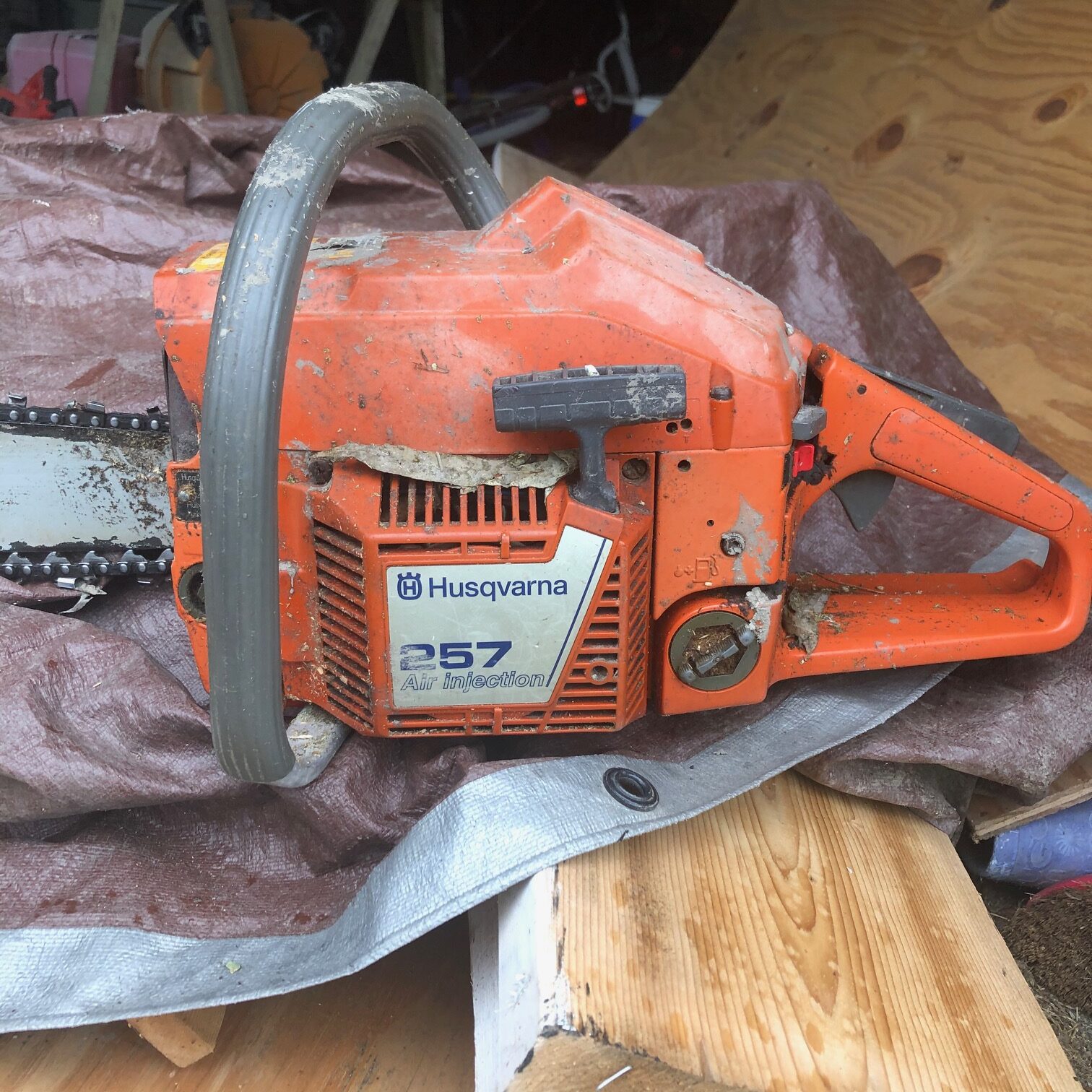Carving of wooden ducks from wood used to be the primary means that duck hunters made decoys for hunting. When ducks fly overhead and see (or think they see) other ducks they are more likely to fly down and socialize. Then the hiding hunter can shoot one.
Best Wood for Carving Ducks
These hunting ducks were commonly made from cedar wood or pine, which holds up well to water and is very buyont in water. Today ducks are carved from any wood as they are typically not used for hunting and are not placed in water.
Today the demand for decoy ducks is filled by plastics or rubber manufacturers. Injection molding of plastics or rubber is much cheaper and repeatable and can even create more realistic looking decoy duck. Similar to the plastic duck anchored in our pond that fools the real ducks flying by almost every April.
But carving decoy ducks from wood is still a great hobby. It is also a great way to make a unique household decoration, that can even be valuable. It is possible to purchase duck carving kits that help the beginning carver get started.
Our sun room, when we purchased our home was full of wooden ducks and other wooden birds. One of them, pictured in this post looks like a hand carving. I was also impressed with the cost and creativity of some of the wooden ducks being sold online. The average value of a carved wooden duck is about $100.
Painting Wooden Ducks
If you are really planning on putting your carved duck into water (which is rare nowadays) then a wood primer to first seal the wood is advisable. Use of cedar wood with a quality primer can help your duck last for years. After priming use finish paint a Satin finish looks more like an actual duck than does a gloss finish.



